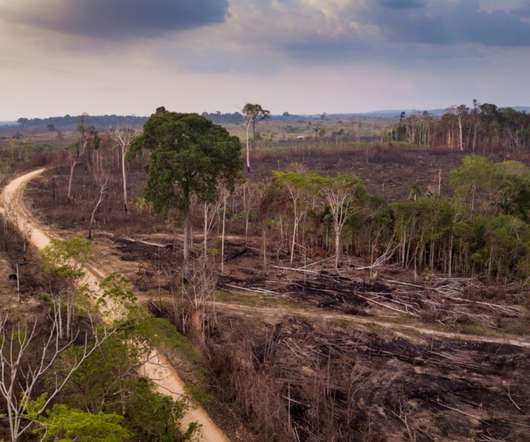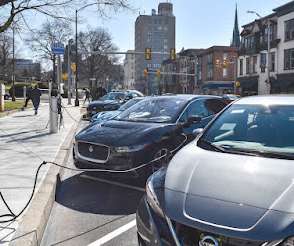Particulate Matter: What Is It, And What Is It Not? | BreezoMeter
Breezometer
MARCH 23, 2022
In the world of air pollution and air quality, there is a lot of discussion about Particulate matter (PM) and its impact on the health of people all over the world. But what exactly is PM pollution and how does it affect us? PM pollution can consist of a number of different materials and compounds.













Let's personalize your content